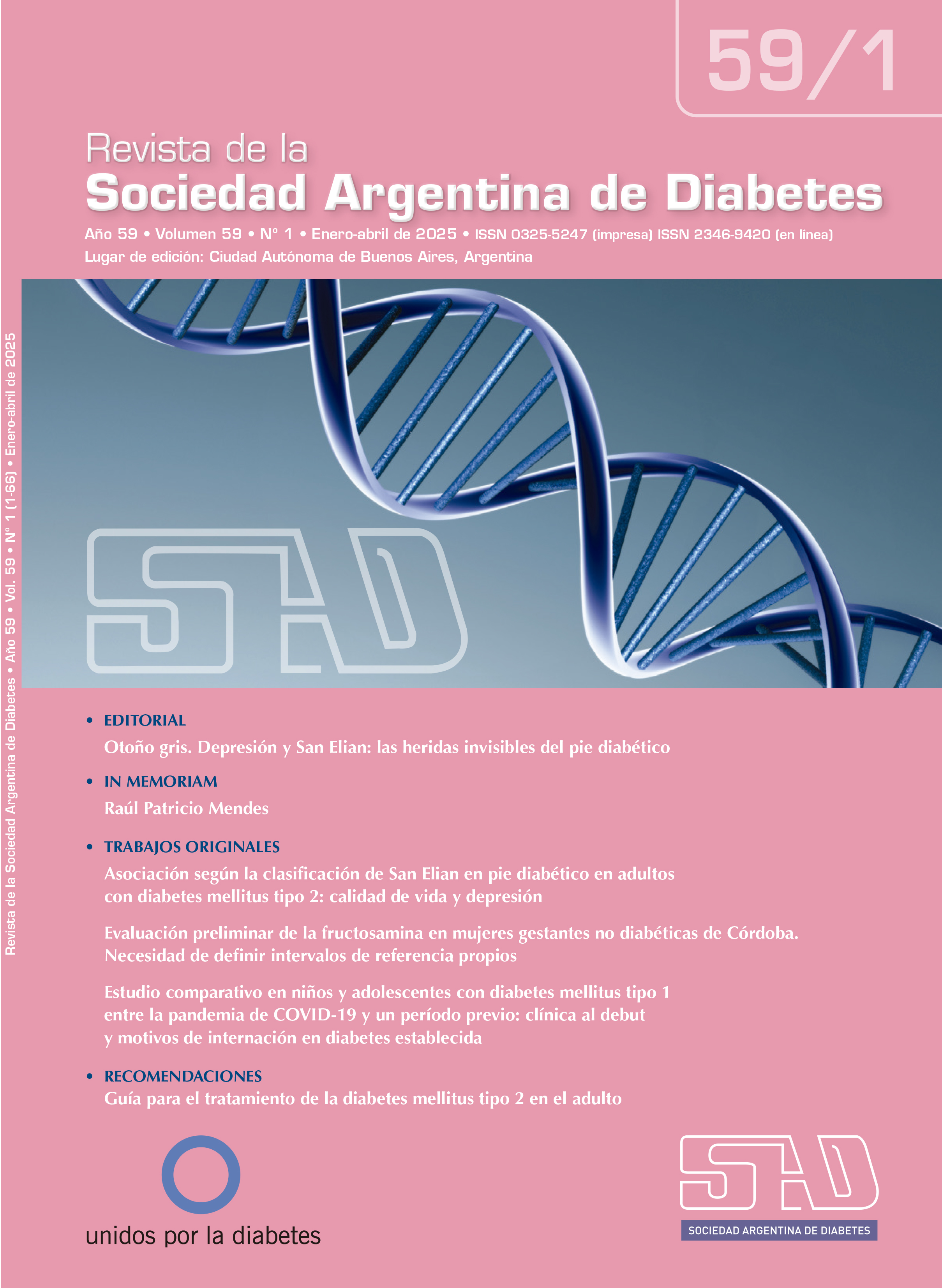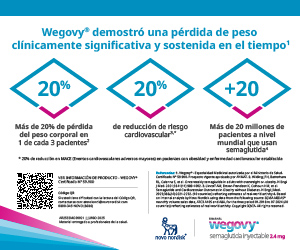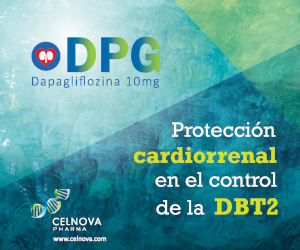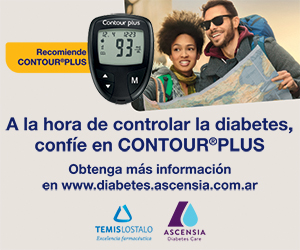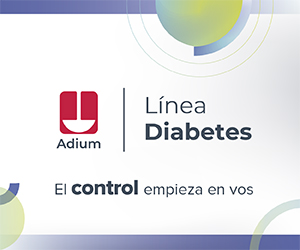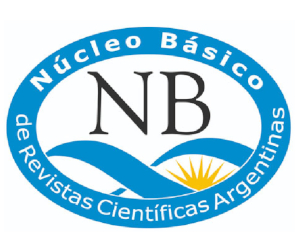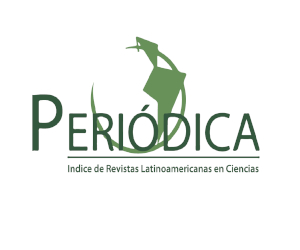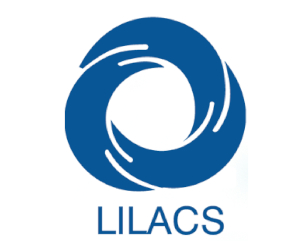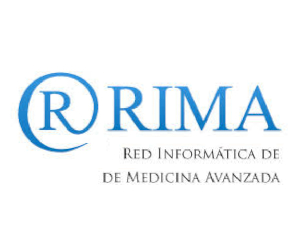Preliminary evaluation of fructosamine in non-diabetic pregnant women in Córdoba. Need to define specific reference intervals
DOI:
https://doi.org/10.47196/diab.v59i1.1162Keywords:
gestational diabetes mellitus, fructosamine, pregnancy, albuminAbstract
Introduction: glycemic control is essential in all pregnant women since associations have been observed between maternal glucose levels and adverse pregnancy outcomes. Fructosamine (FA) is an alternative for short-term glucose monitoring.
Objectives: to determine FA levels during the second and third trimester of pregnancy (2T and 3T) in non-diabetic pregnant women in our population in order to establish, in the future, with a larger number of patients, an upper limit of normal (ULN) and to consider the importance of correcting FA values for serum albumin (FAc).
Materials and methods: 89 non-diabetic pregnant patients over 17 years of age were included and divided into two groups according to the trimester of pregnancy: Group 2T and Group 3T. All of them underwent an oral glucose tolerance test (OGTT) and blood glucose, FA and albumin were measured with an Abbott Architect c4000 autoanalyzer. Data analysis was performed using Excel and Infostat as statistical software. A p value of <0.05 was considered statistically significant.
Results: no statistically significant differences were found for AF and AFc between the 2T and 3T of pregnancy. The values obtained as LSN (p 97.5) for AF in the 2T and 3T groups were 230 umol/L and 236 umol/L, respectively. For AFc, the LSN were 219 umol/L and 205 umol/L for the 2T and 3T groups, respectively. Considering the 2T and 3T together, the LSN found are 235 umol/L and 205 umol/L for AF and AFc, respectively.
Conclusions: no statistically significant differences were found in the results of AF or AFc between the 2T and 3T of non-diabetic pregnant women. Establishing a LSN for AF during pregnancy could optimize glycemic and metabolic control, improving compliance with therapeutic goals and thus decreasing the risk of obstetric and neonatal complications in patients with GDM.
References
I. Salzberg S, Alvariñas J, López G, Gorbán de Lapertosa S, Linari M A, Falcón E, et al. Guías de diagnóstico y tratamiento de diabetes gestacional. ALAD 2016;6:155-158.
II. Masuyama H, Hiramatsu Y. Potential role of estradiol and progesterone in insulin resistance through constitutive androstane receptor. J Mol Endocrinol 2011;47(2):229-39.
III. Al-Noaemi MC, Shalayel MHF. Pathophysiology of gestational diabetes mellitus. The past, the present and the future. Gestation Diabetes 2012;25.
IV. Ngala RA, Fondjo LA, Gmagna P, Ghartey FN, Awe MA. Placental peptides metabolism and maternal factors as predictors of risk of gestational diabetes in pregnant women. A case-control study. PLoS ONE 2017;12(7).
V. Mao Z, Wu R, Yu H, Zhang Y, Dong W, Zou L, et al. Associations of maternal fructosamine before delivery in gestational diabetes mellitus pregnancies with neonatal glucometabolic disorders. J Diabetes Res 2022; 2022:1-6.
VI. Metzger BE, Lowe LP, Dyer AR, Trimble ER, et al. Hyperglycemia and adverse pregnancy outcomes. N Engl J Med 2008;358:1991-2002.
VII. Gerszi D, Orosz G, Török M, Szalay B, Karvaly G, Orosz L, et al. Risk estimation of gestational diabetes mellitus in the first trimester. J Clin Endocrinol Metab 2023;108 (11): e1214-e1215.
VIII. Gorban de Lapertosa S, Sucani S, Salzberg S, Alvariñas J, Faingold C, Jawerbaum A, Rovira G; DPSG-SAD Group. Prevalence of gestational diabetes mellitus in Argentina according to the Latin American Diabetes Association (ALAD) and International Association of Diabetes and Pregnancy Study Groups (IADPSG) diagnostic criteria and the associated maternal-neonatal complications. Health Care Women Int. 2021;42(4-6): 636-656.doi:10.1080/07399332.2020.1800012.
IX. Programa de Evaluación Externa de Calidad (PEEC) de la Fundación Bioquímica Argentina (FBA). Disponible en: https://www.fba.org.ar/programas-de-la-fba/peec/.
X. Programa Internacional Buenos Aires de Control de Calidad Externo en Análisis Clínicos. ProgBA. Disponible en: https://www.cemic.edu.ar/progba/
XI. Villena Gonzales W, Mobashsher AT, Abbosh A. The Progress of glucose monitoring. A review of invasive to minimally and non-invasive techniques, devices and sensors. Sensors (Basel) 2019 Feb 15;19(4):800. doi: 10.3390/s19040800.
XII. Saí S, Urat-Metro O. Evaluación de la linealidad y el efecto de interferencia en los dispositivos de medición de la glucemia en sangre y POCT, que muestran valores altos drásticos, valores bajos o mensajes de error. Revista de Ciencia y Tecnología de la diabetes 2019;13:734-743.
XIII. Kaiafa G, Veneti S, Policronopoulos G, et al.¿Es la HbA1c un biomarcador ideal de diabetes bien controlada? Postgrado. Medicina J 2021;97:380-383.
XIV. Mendes N,Tavares-Ribeiro R, Serrano F. Más allá de la glucemia plasmática y la HbA1c autocontroladas: el papel de los marcadores glucémicos no tradicionales en la diabetes mellitus gestacional. J Obs Gynaecol 2018;38:762-769.
XV. Bernier E, Lachance A, Plante AS, Lemieux P, Mourabit Amari K, Weisnagel SJ, et al. Trimester-specific serum fructosamine in association with abdominal adiposity, insulin resistance, and inflammation in healthy pregnant individuals. Nutrients 2022;14(19):3999.
XVI. Rodríguez-Segade S, Rodríguez J, Camiña F. La fructosamina corregida mejora tanto la correlación con la HbA1c como el rendimiento diagnóstico. Clin Biochem 2017; 50:110-115.
XVII. Kruse-Jarres JD, Jarausch J, Lehmann P, et al. A new colorimetric method for the determination of fructosamine. J Lab Med 1989;13(7-8):245-253.
XVIII. Rebolledo OR, Actis Dato SM, Gagliardino JJ. Niveles de fructosamina en embarazadas con distinta edad de gestación y niños de primera y segunda infancia. Rev Soc Arg Diab 1997;31(4):131-9.
XIX. Lin MJ, Hoke C, Ettinger B, Coyne RV. Evaluación del rendimiento técnico del ensayo de fructosamina sérica BM/Hitachi 747-200. Clin Chem 1996:42:244-248.
XX. Gounden V, Ngu M, Anastasopoulou C, Jialal I. Fructosamine. In: StatPearls [Internet]. Treasure Island (FL): StatPearls Publishing; 2024 Jan.
XXI. American Diabetes Association Professional Practice Committee; 15. Management of diabetes in pregnancy. Standards of Care in Diabetes 2025. Diabetes Care 1 2025; 48 (Supp1):S306-S320.
XXII. American Diabetes Association Professional Practice Committee; 6. Glycemic goals and hypoglycemia. Standards of Care in Diabetes 2025. Diabetes Care 1 2025;48 (Supp1):S128-S145.
XXIII. Hartland AJ, Smith JM, Dunne, F. La corrección de la concentración sérica de fructosamina en función de la concentración total de proteína o albúmina no es adecuada durante el embarazo asiático. Clin Chim 2000;292:175-180.
XXIV. Ngala RA, Fondjo LA, Gmagna P, Ghartey FN, Awe MA. Placental peptides metabolism and maternal factors as predictors of risk of gestational diabetes in pregnant women. A case-control study. PLoS ONE 2017;12(7).
XXV. CLSI. Defining, establishing and verifying reference intervals in the clinical laboratory: approved guideline-third edition, 2008;28:1-76.
Downloads
Published
Issue
Section
License
Copyright (c) 2025 on behalf of the authors. Reproduction rights: Argentine Society of Diabetes

This work is licensed under a Creative Commons Attribution-NonCommercial-NoDerivatives 4.0 International License.
Dirección Nacional de Derecho de Autor, Exp. N° 5.333.129. Instituto Nacional de la Propiedad Industrial, Marca «Revista de la Sociedad Argentina de Diabetes - Asociación Civil» N° de concesión 2.605.405 y N° de disposición 1.404/13.
La Revista de la SAD está licenciada bajo Licencia Creative Commons Atribución – No Comercial – Sin Obra Derivada 4.0 Internacional.
Por otra parte, la Revista SAD permite que los autores mantengan los derechos de autor sin restricciones.



